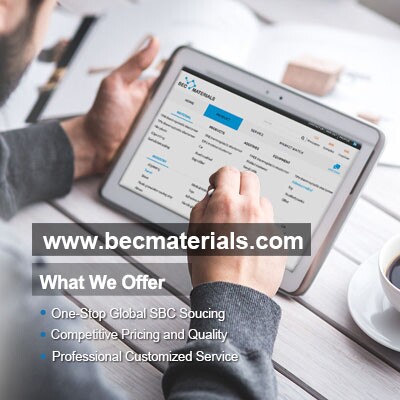The asphalt pavement is commonly divided into asphalt concrete pavement, hot mix asphalt gravel pavement, penetrated asphalt pavement, asphalt surface course, in terms of technology and usage.
Asphalt concrete pavement
Asphalt concrete pavement adopts high quality asphalt, and requires asphalt with higher consistency than other types of asphalt pavement. The adoption of a considerable amount of mineral aggregate is one of its features. Its strength depends on the interlocking and compaction of materials.
The high cohesive force enables the pavement to obtain very high strength to withstand heavy vehicle traffic. However, its allowable tensile strain value is low, which may lead to transverse cracking, thus requiring strong base course. It requires both high and low temperature stability. The smaller porosity makes the asphalt concrete pavement have advantages such as low water permeability, good water stability, high durability, and good resistance to natural factors. The service life of asphalt concrete pavement can be up to 15~20 years.
Hot mix asphalt gravel pavement
This kind of pavement has good high temperature stability. It is not easy to occur ruts in summer and cracks in winter, and not vulnerable to traffic loads. The pavement surface is relatively easy to maintain rough, allowing high-speed driving. The broad requirements for stone grades and asphalt specifications make the formulation design easy to satisfy the needs. Its costs are low, because only a small quantity of asphalt and no mineral aggregate are used. It applies to ordinary roads, but does not apply for high-grade highways. Medium-graded and coarse-graded asphalt gravel is suitable for the bottom layer, binder course or leveling layer of asphalt concrete surface.
Penetrated asphalt pavement
The strength and stability of penetrated asphalt pavement mainly results from stone interlocking. This kind of pavement requires 2~3 weeks for forming. Under vehicle rolling and gravitational effect, asphalt gradually infiltrates into stones and fill in gaps, forming an integral stable structure layer. It has good temperature stability, preventing the pavement from shoving and rutting in hot climates and cracking in cold climates. Sealing materials or mixing layer should be applied at the top of penetrated asphalt pavement. This pavement also can be used as the binder course of asphalt concrete surface.
Asphalt surface course
Asphalt surface course can improve the road conditions for vehicle driving by resisting the driving abrasion and the effect of the atmosphere, thus extending the service life of roads. The thickness of the paved asphalt surface course can be greater than 3 cm, which is generally not counted in the calculation of road thickness. In addition, asphalt surface course can be used as the wear resistant and anti-slipping layer of asphalt pavement.
recommendation:
more info: http://www.becmaterails.com
email: bec@becmaterials.com



